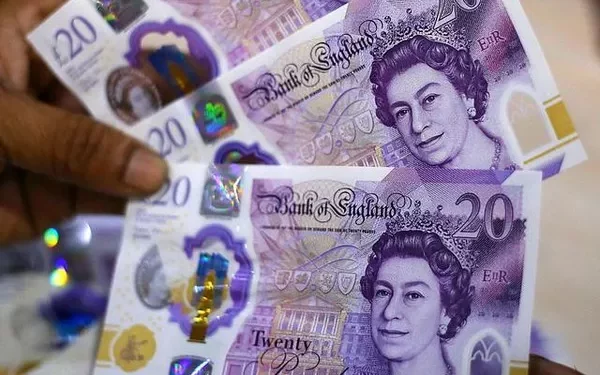Markets
The ECB Yesterday raised its policy rates again by 25 bps to a record 4.0% (depo rate), in what is now mainly labelled as a ‘final dovish‘ rate hike. In advance, the decision was said to be a close call. ECB’s Lagarde at the press conference admitted that some members already preferred a pause, but in the end the decision was supported by a ‘solid majority’ as inflation, while easing, is still ‘expected to remain too high for too long’. This assessment was supported by an upward revision of 2023 (5.6%) and 2024 (3.2%) inflation projections. Even in 2025 (2.1% from 2.2%) inflation is expected to stay above the 2.0% target. At the same time, growth forecasts were substantially downwardly revised to 0.7% this year (from 0.9%) and 1.0% in 2024 (from 1.5%). In this context, ‘the Governing Council considers that the key ECB interest rates have reached levels that, maintained for a sufficiently long duration, will make a substantial contribution to the timely return of inflation to the target.’ Even so, the ECB maintains a data dependent approach and Lagarde said she couldn’t say that ECB rates have reached their peak. According to the ECB president, there had been no discussion about a faster rundown of APP or a start of reducing PEPP holdings (reinvestments till end 2024). The December ECB projections still remain an evaluation point. Even so, markets sees a big chance that the ECB hiking cycle as been finished. German yields eased between 0.4 bps (2-y) and 6.2 bps (5- y). The ECB policy decision was the main dish for markets yesterday, but US data also had a role to play. Retail sales, jobless claims and higher than expected PPI all brought further evidence of a resilient US economy. US yields added 3-4 bps across the curve. A rate hike next week remains unlikely, but a ‘final’ step in November remains on the table. The perceived end of the ECB cycle combined with strong US data pushed EUR/USD off a cliff.
The pair dropped from the 1.073 area before the ECB decision to close at 1.0643, after an intraday test of the 1.0635 support. Equities flourished (Eurostoxx 50 1.33%, S&P 500 +0.84%) even as oil continued its ascent (Brent near $94 p/b).
Sentiment in Asia remains positive building on WS gains and positive eco data from China (cf infra). Later today, the eco calendar in Europe is thin. In the US import prices, industrial production, the Empire manufacturing survey and Consumer confidence of the University of Michigan will be published. The data probably won’t change the assessment on the outcome of next week’s Fed meeting. Even so, the Empire manufacturing survey and (inflation expectations of) the U. of Michigan Consumer confidence are worth keeping an eye on. Strong data probably won’t be enough to push US yields beyond key resistance (10-y peak at 4.34/36%). However, the dollar in case of strong data has further upward potential. A break of EUR/USD below 1.0635/32 opens the way to the 1.0516/1.0484 area.
News and views
Chinese monthly data this morning fuels hope the economy is finally bottoming out. Retail sales grew 4.6% y/y in August and are up 7% in the running year (YtD) compared to the same period last year.
Industrial production rose 4.5% and 3.9% respectively with the latter gauge having improved slowly but steadily since February of this year.
Both indicators (far) exceeded analyst estimates, suggesting peak investor pessimism may be behind us. The unemployment rate slightly eased from 5.3% to 5.2% in another encouraging yet cautious sign.
That’s not to say all is over now though. Fixed asset investment stood at a weak 3.2% YtD y/y, extending a losing streak that’s in place since February 2022. The drop from July’s 3.4% came amid the ongoing woes in the property sector, where investments fell 8.8%, further down from -8.5% in July. Prices of new homes also fell at a faster pace (-0.29% m/m) in August than in last month. But markets took this morning’s string of data as a sign that supportive government measures announced over the past weeks are starting to have an effect. Until it is clear that the Chinese economy is on a sustained recovery path, more will probably follow. Just yesterday, the Chinese central bank cut the reserve requirement ratio by 25 bps for a second time this year. With the move, the PBOC boosts banks’ lending capacity and frees up liquidity of as much as 500bn yuan. The central bank this morning also added more cash into the economy through a one-year policy loan. The combo of more stimulative measures with the batch of eco data revives investor appetite. The Chinese yuan strengthens against the dollar. USD/CNY trades around 7.26. Stocks in the broader region rise. Hong Kong is one the outperformers, adding 1.2%.
























